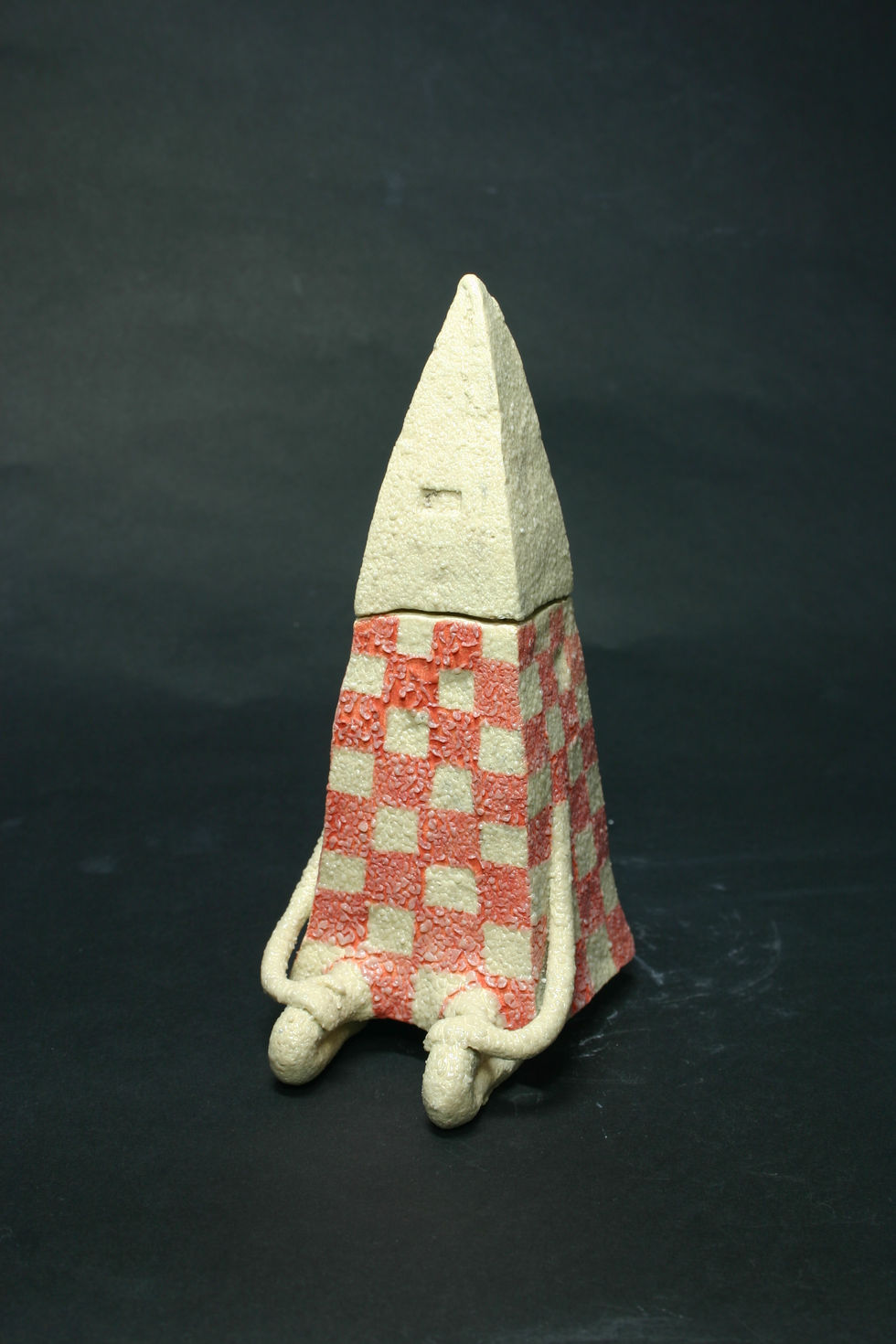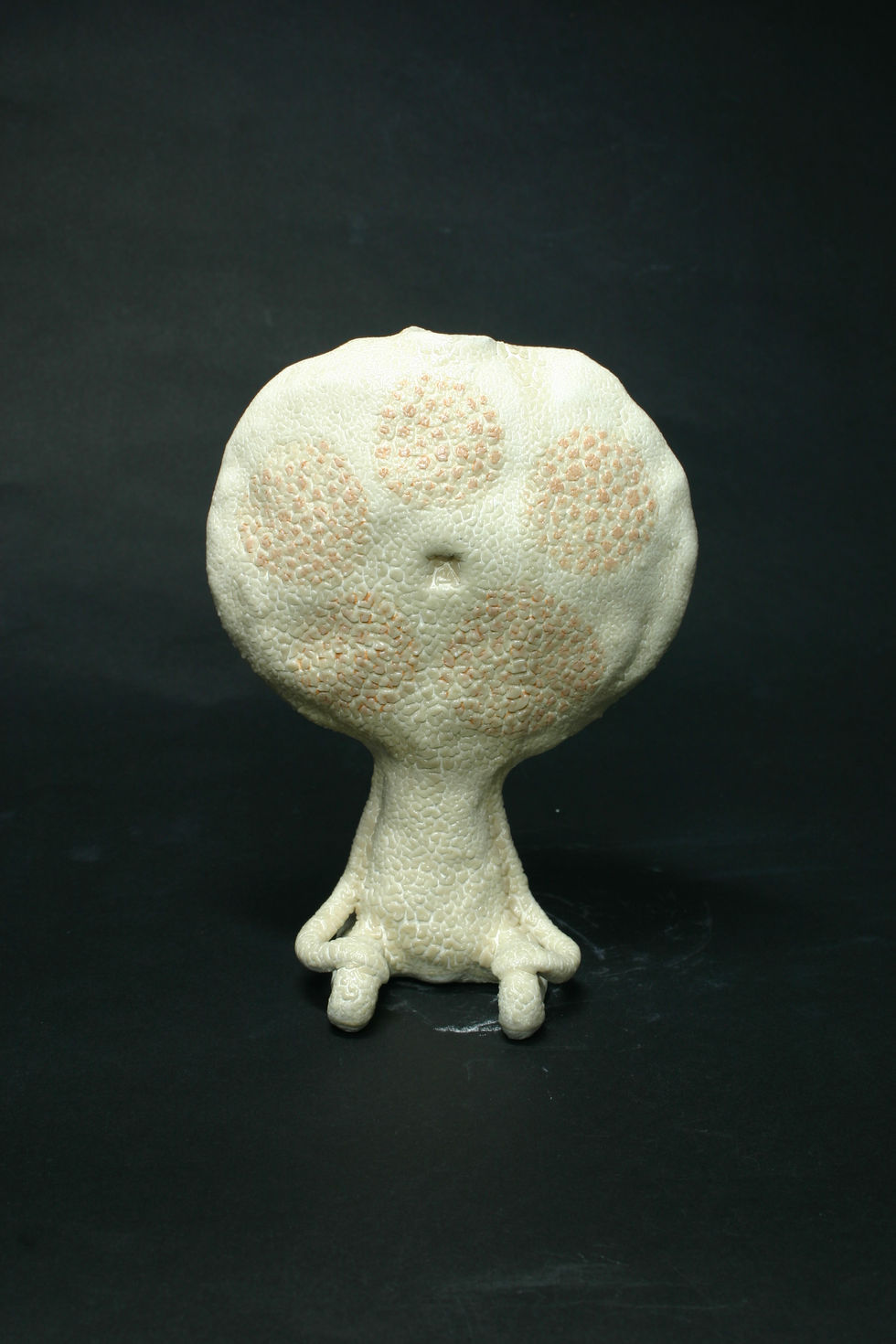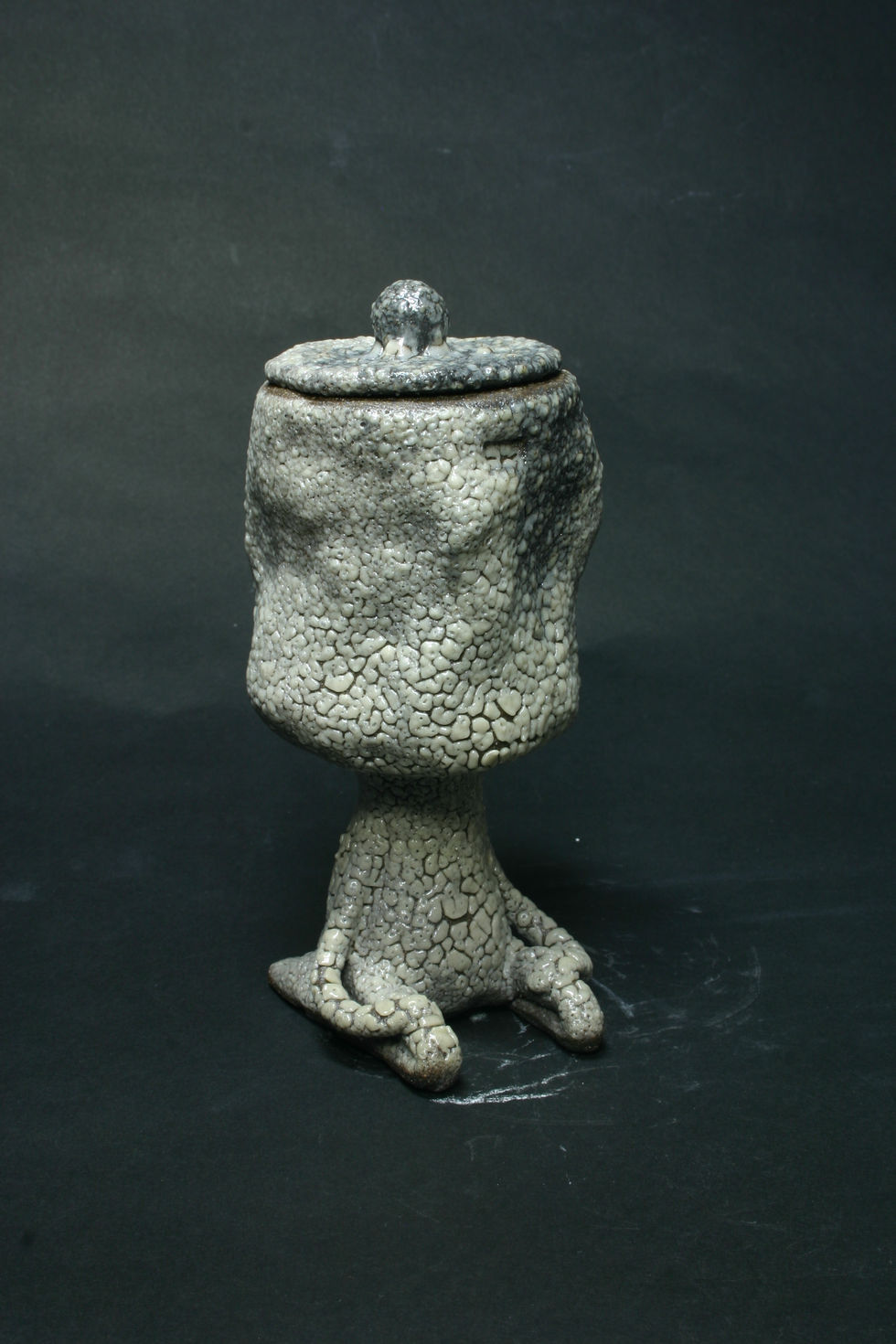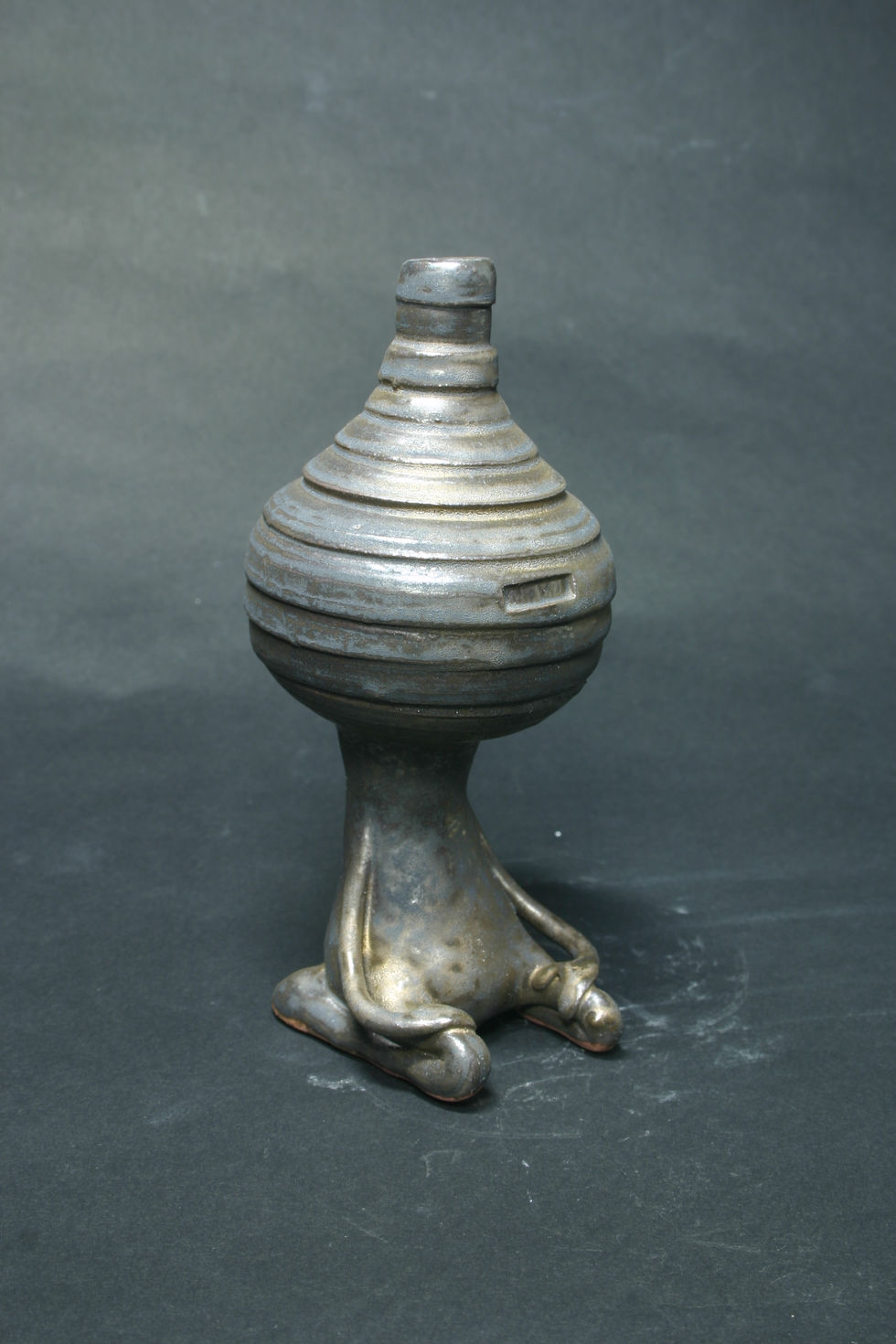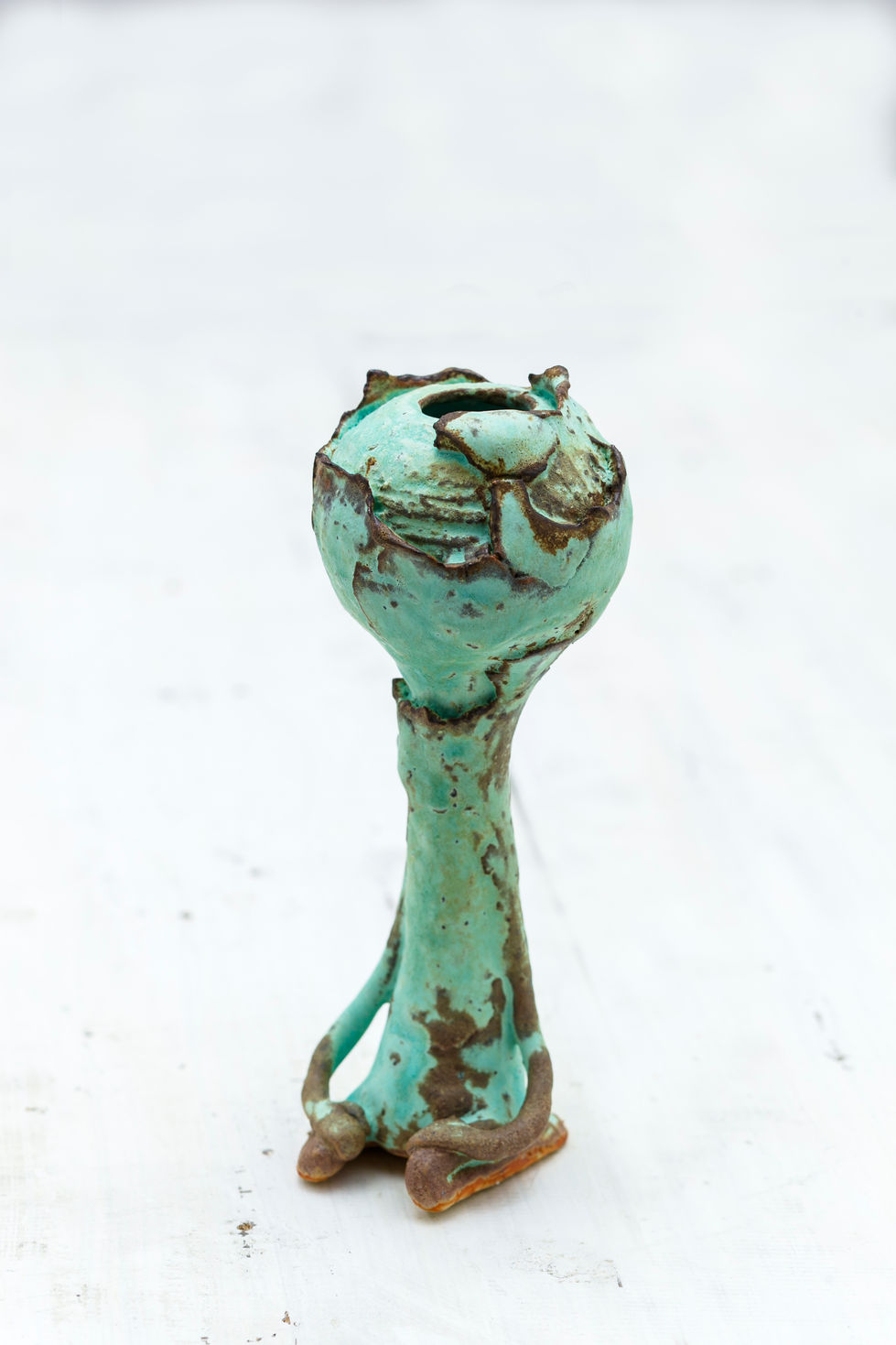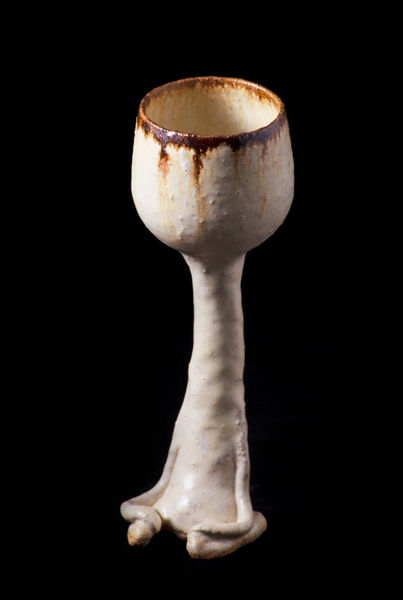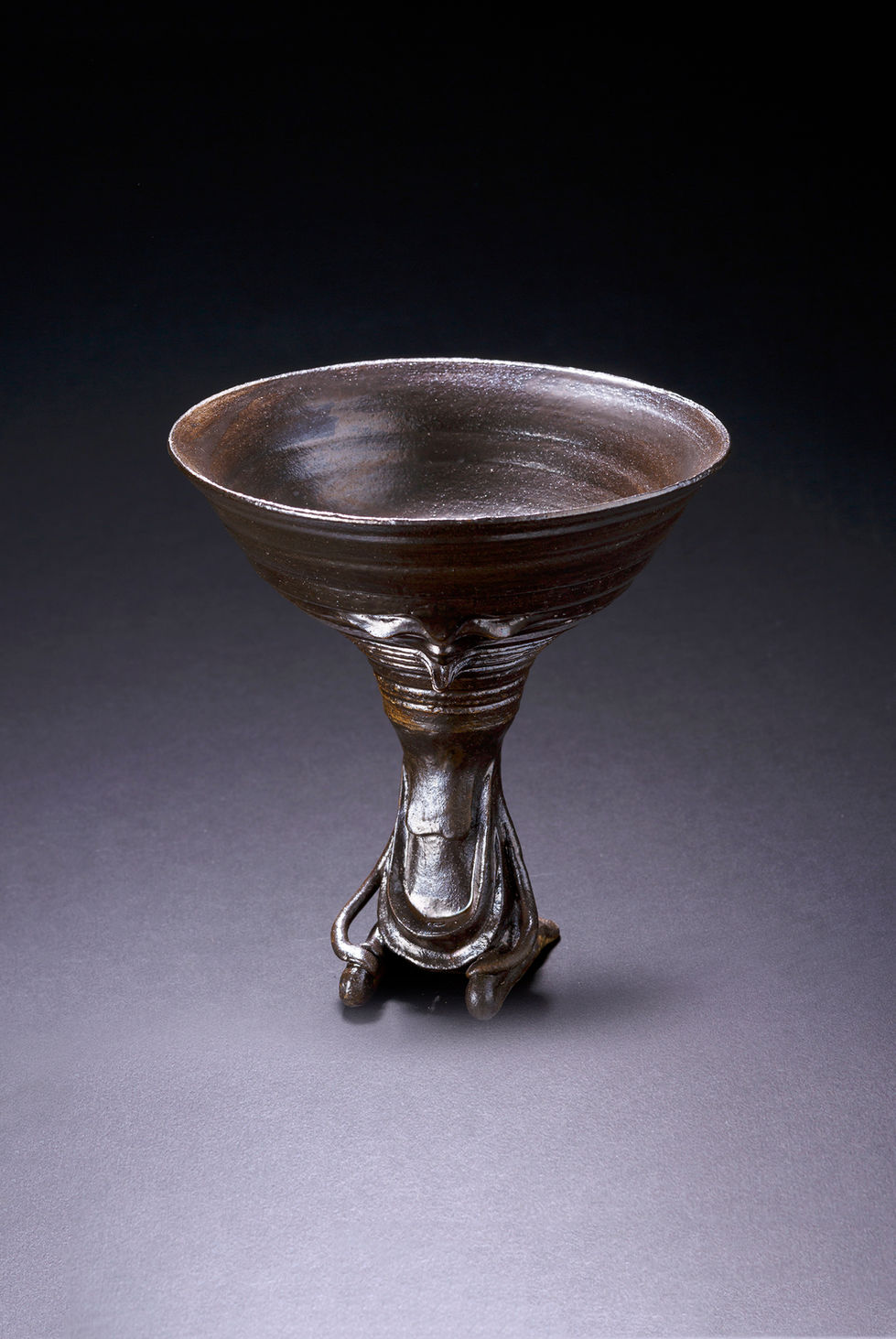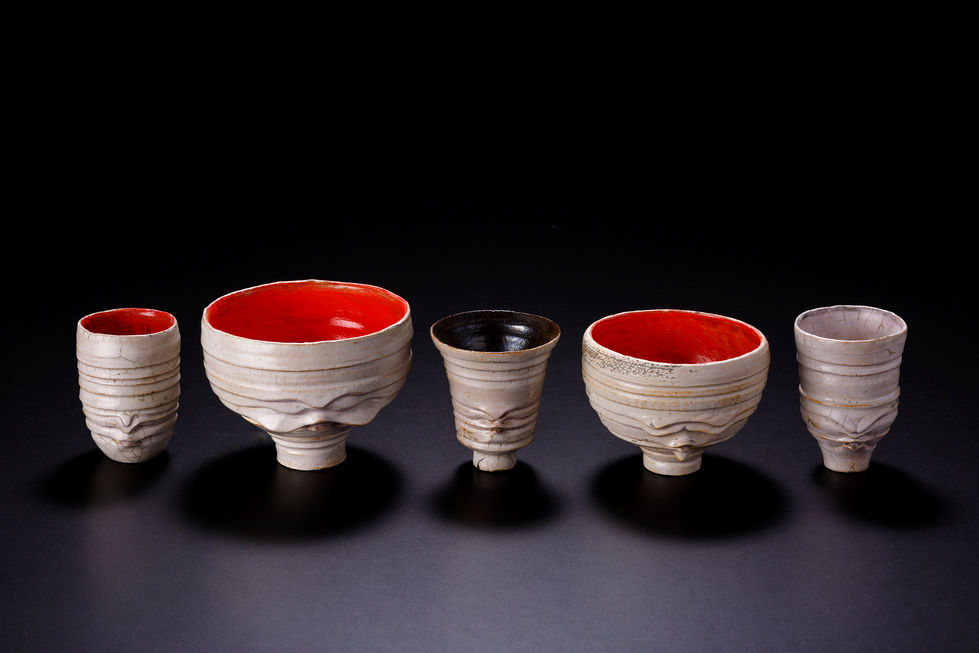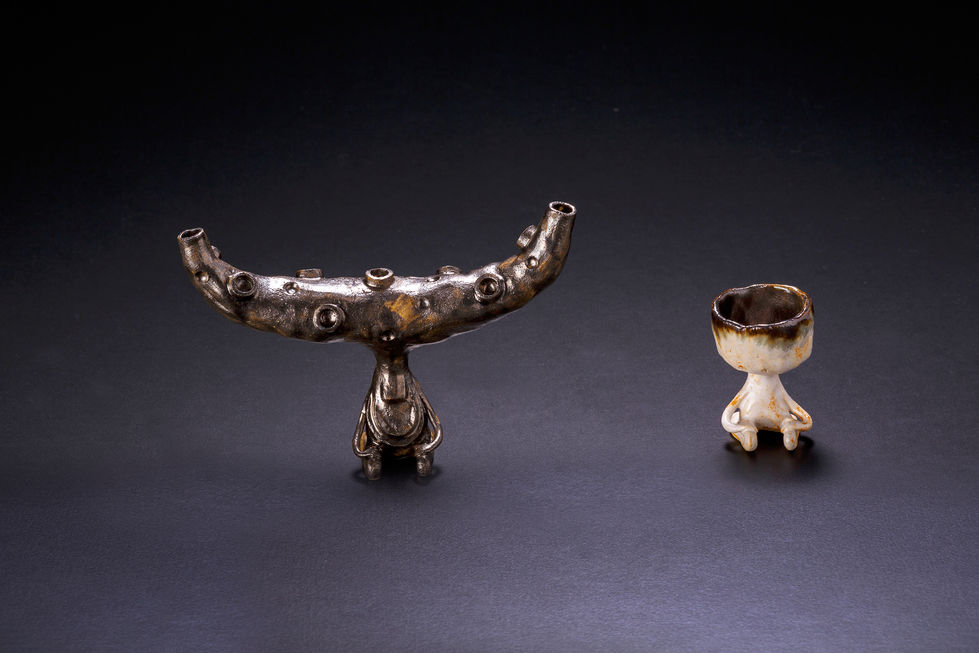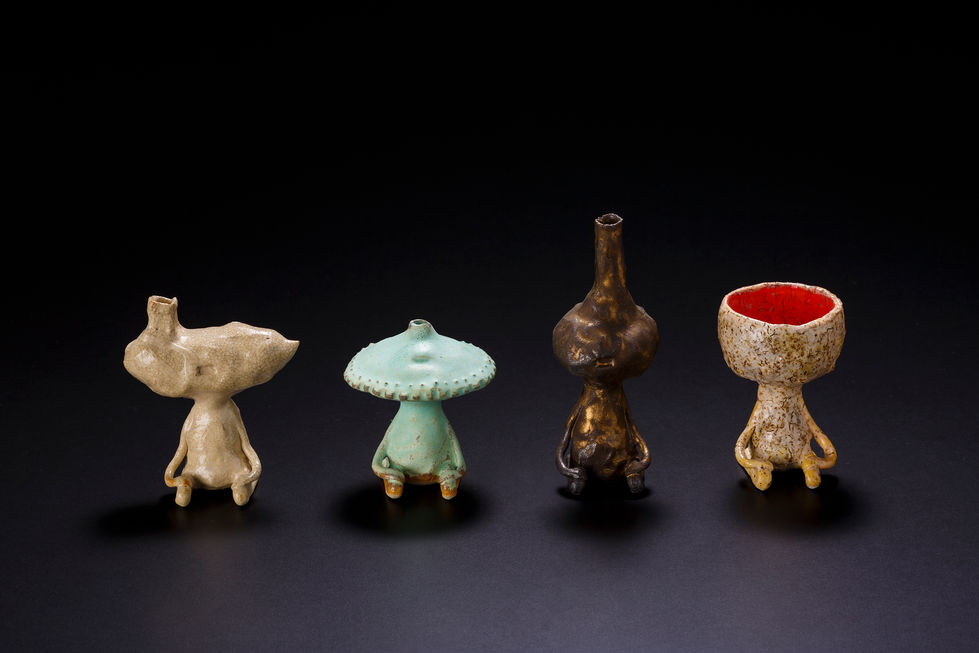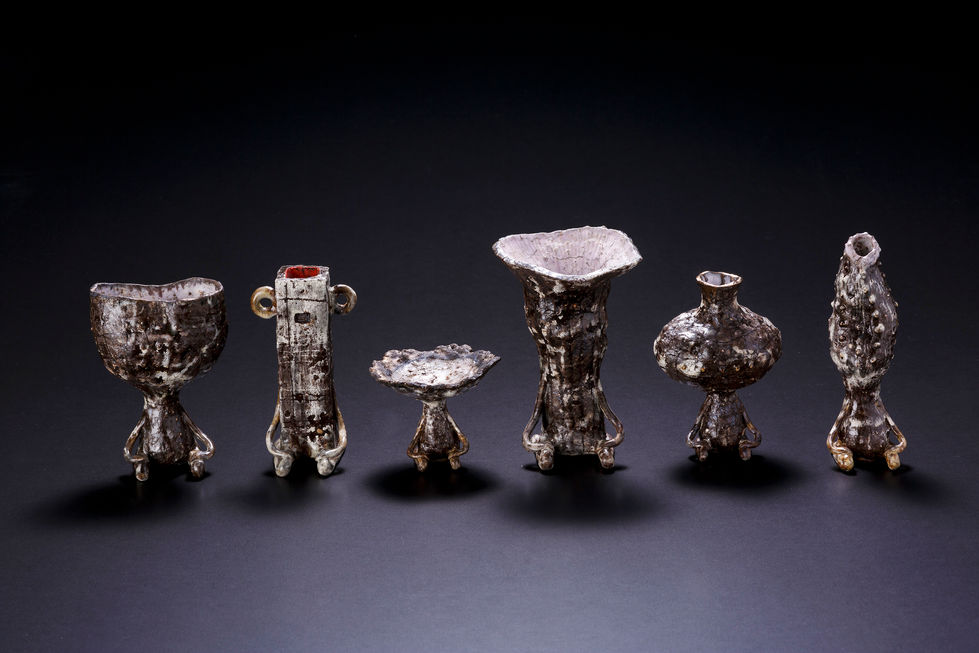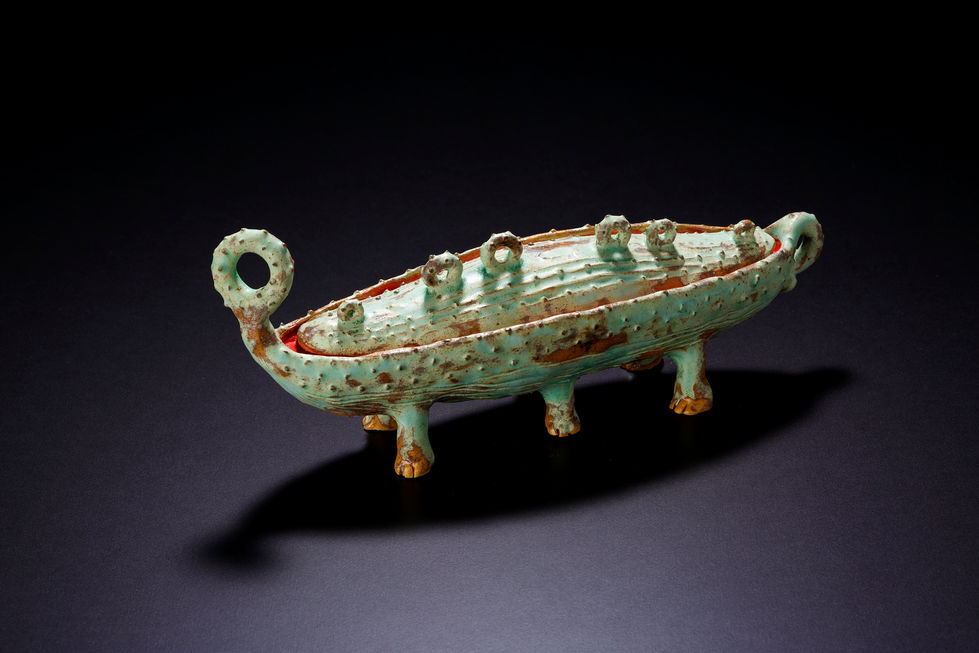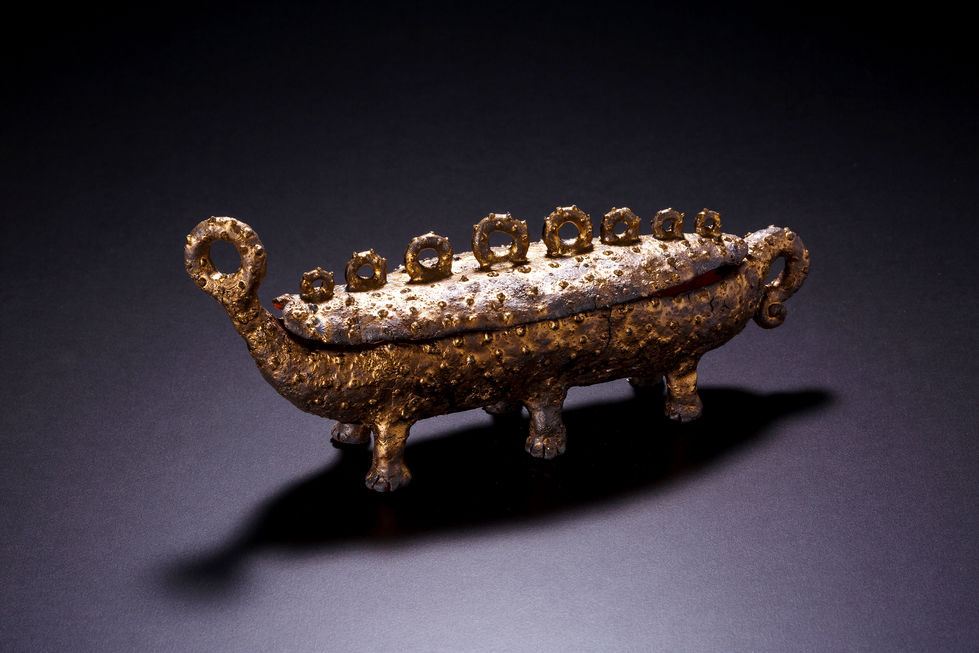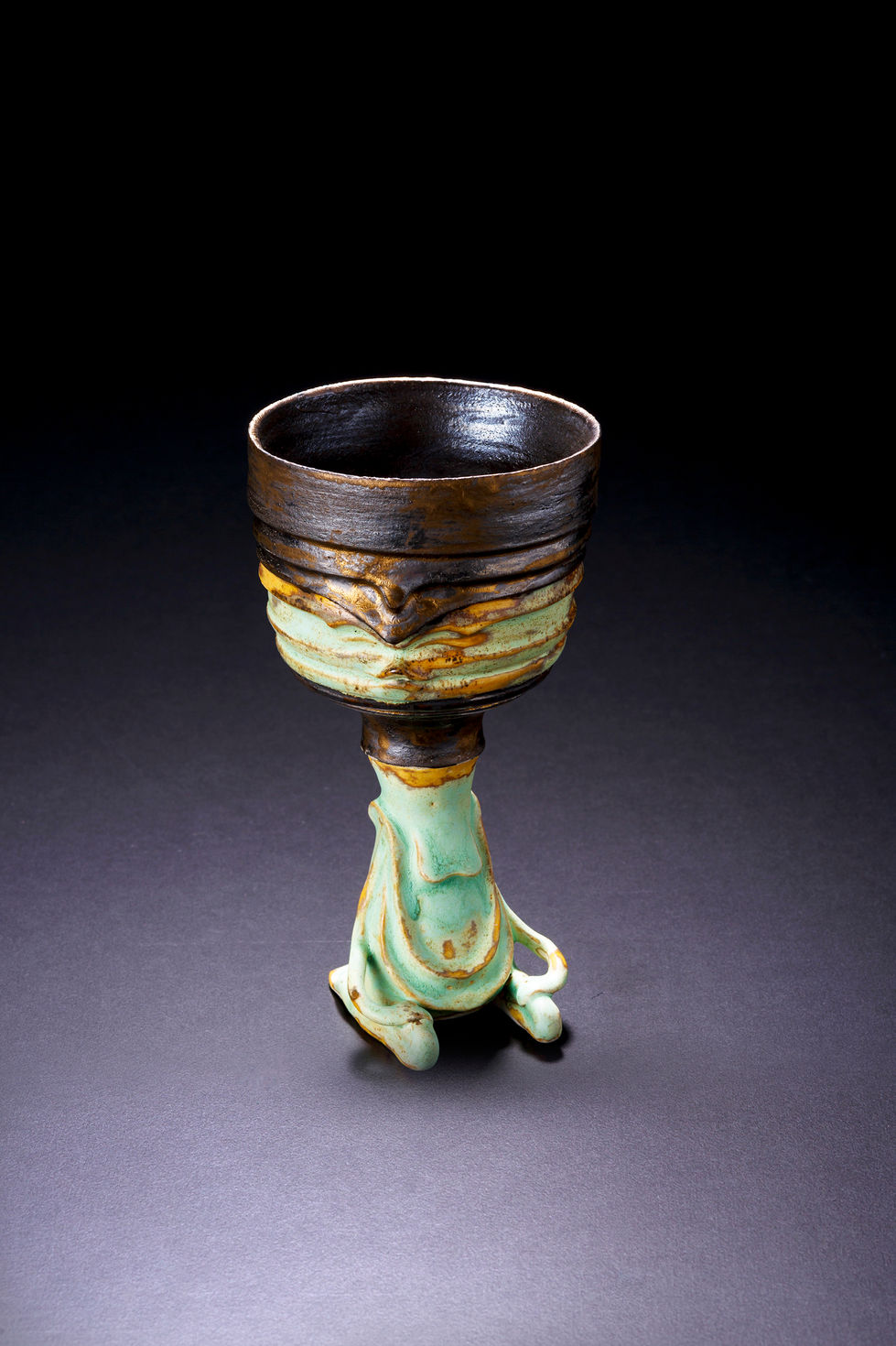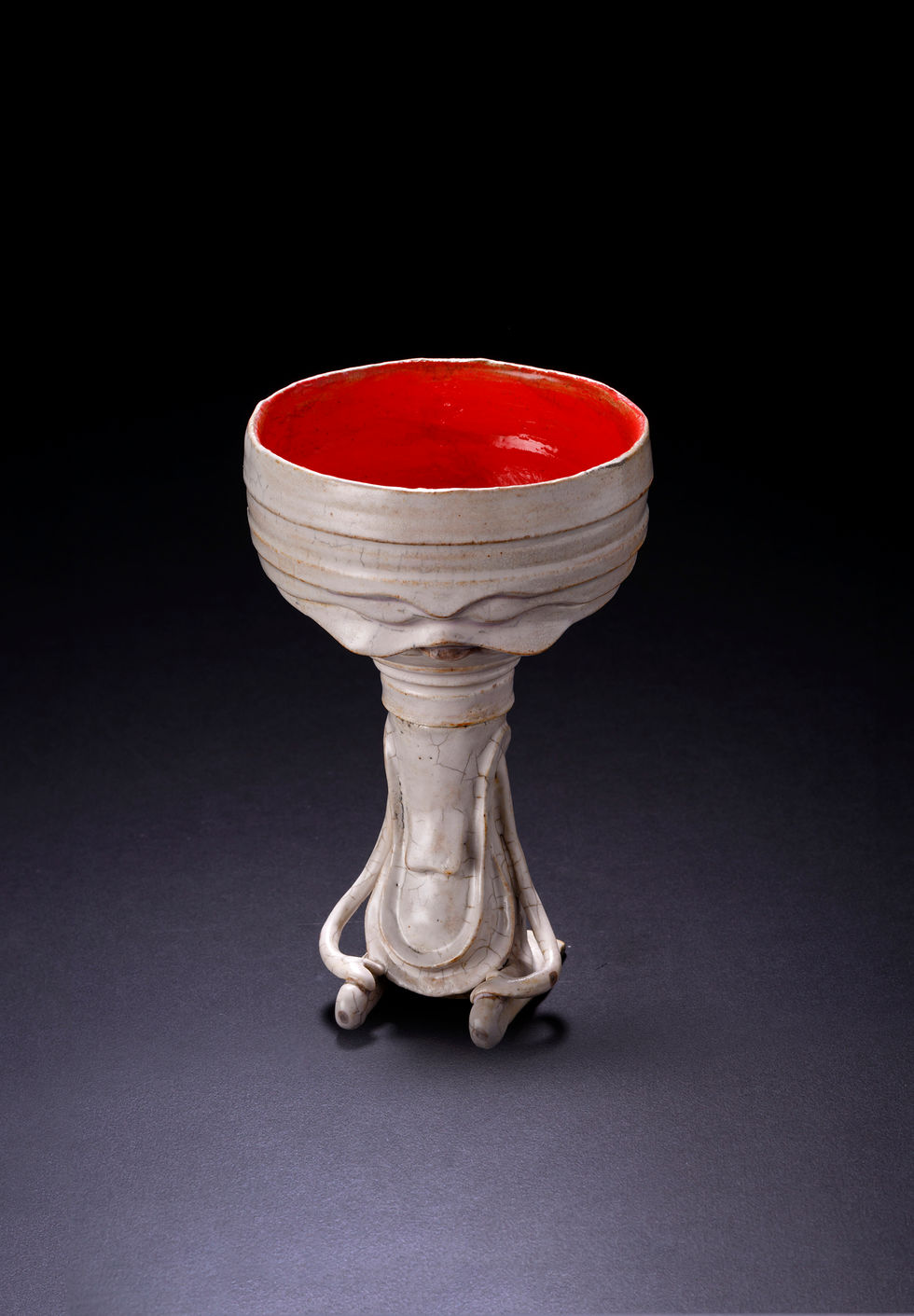Create Your First Project
Start adding your projects to your portfolio. Click on "Manage Projects" to get started
WABInyo_SABInya
type of this project
ceramic art
日付
2011~2024
place
Kyoto
Here's the English translation of your detailed description, tailored to be understood by an English-speaking audience:
**【Creation Background】**
The "Wabinyo Sabinya" series by sculptor Wakui Akira is a collection of works made using ceramic clay. The foundational experience that inspired this series dates back to my childhood watching "Ultraman" on television. I remember a scene set in a small, traditional Japanese room with tatami mats, where an alien intent on invading Earth and a human (before transforming into Ultraman) are having a conversation across a low dining table. This scene closely resembles the behavior and relationships found in a traditional tea room during a tea ceremony. The entrance to a tea room is small, prohibiting samurai from entering with swords, and inside, the hierarchy of status does not apply. Everyone must follow the rules of the tea ceremony, which are grounded in aesthetics. Those who fail to comply are considered graceless.
This depiction of both invaders and protectors engaging earnestly according to the rules of a small household influenced my concept for creating art. It led me to develop the "Wabinyo Sabinya" series, named after the Japanese concept of "wabi-sabi." The addition of the Spanish diminutive suffixes "-ño" and "-ña" reflects an endearing and affectionate sound, making the complex concept of wabi-sabi more approachable for children and those from different cultures.
The "Wabinyo Sabinyas" are imagined as beings from outer space, with their heads shaped like teacups and vases. They can be used in our daily lives to prepare matcha or hold sweets. I have also conducted events where these works are used in tea ceremony settings to serve tea to guests.
In Japan, there's an ancient scroll depicting a "Night Parade of One Hundred Demons," where household utensils and pots with limbs wander about as spirits. This reflects the ancient Japanese belief that even inanimate objects possess spirits or souls, a concept closely related to the "Yaoyorozu" (Eight Million Gods) belief, also known as Animism. This term, which suggests that all things, living or non-living, contain a spirit, was popularized by the British anthropologist Edward Burnett Tylor in his 1871 book "Primitive Culture."
In Japan, where large spaces for displaying big paintings or sculptures, like those commonly found in Western art culture, are rare, contemporary art and Western art culture are generally enjoyed in museums. However, I believe the spirit of Yaoyorozu still lingers in small, culturally significant spaces like old houses turned into cafes. In such modern lifestyles, I envision the "Wabinyo Sabinyas" quietly standing and bringing smiles to those who observe them, and I continue to create with this image in mind.





